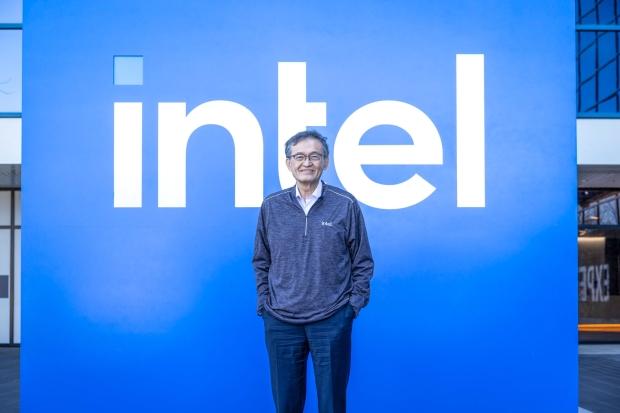In a significant development for the semiconductor industry, Intel’s new CEO, Lip-Bu Tan, is contemplating a major shift in the company’s chip-making strategy. The potential write-off of the Intel 18A process could cost the company billions as it pivots its focus towards the more advanced 14A process.
The announcement comes at a time when Intel is striving to regain its competitive edge in the global semiconductor market. The decision to potentially abandon the 18A process reflects a strategic realignment aimed at enhancing production efficiency and technological advancement.
Background of Intel’s Chip Manufacturing
Intel has long been a leader in semiconductor manufacturing, with its processes setting industry standards. The 18A process, part of Intel’s ambitious roadmap, was initially designed to propel the company to the forefront of chip technology. However, delays and technical challenges have plagued its development.
The move to focus on the 14A process, which promises greater efficiency and performance, indicates a shift in priorities under Tan’s leadership. This strategy aims to streamline operations and concentrate resources on technologies with higher potential returns.
Expert Opinions and Industry Reactions
Industry analysts have mixed reactions to Intel’s potential write-off. Some experts view this as a necessary step to stay competitive against rivals like TSMC and Samsung, who have made significant strides in advanced chip technologies.
“Intel’s decision to potentially write off the 18A process is a bold move, but it could be essential for the company to maintain its market position,” said Dr. Sarah Liu, a semiconductor analyst at TechInsights.
Meanwhile, others caution that such a write-off could have financial repercussions. The potential cost of billions underscores the risks involved in semiconductor innovation and the high stakes of technological advancement.
Historical Parallels and Strategic Implications
This development follows a history of strategic pivots in the tech industry. Similar to Intel’s current situation, IBM’s shift from hardware to software and services in the 1990s serves as a historical parallel. Such transitions, while challenging, can lead to long-term success if executed effectively.
The implications of Intel’s decision extend beyond financial considerations. By focusing on the 14A process, Intel aims to position itself as a leader in the next generation of chip technology, potentially influencing the broader industry’s direction.
Looking Ahead: The Future of Intel’s Chip Strategy
As Intel navigates this critical juncture, the industry will be closely watching its next steps. The company’s ability to successfully transition and capitalize on the 14A process will be pivotal in determining its future trajectory.
According to sources close to the company, Intel is expected to announce further details on its strategy in the coming months. The semiconductor giant’s decisions will likely have ripple effects across the tech industry, influencing competitors and partners alike.
In conclusion, Intel’s potential write-off of the 18A process marks a significant moment in its strategic evolution. As the company seeks to redefine its role in the semiconductor landscape, the focus on the 14A process could be a decisive factor in its quest for innovation and market leadership.








































































